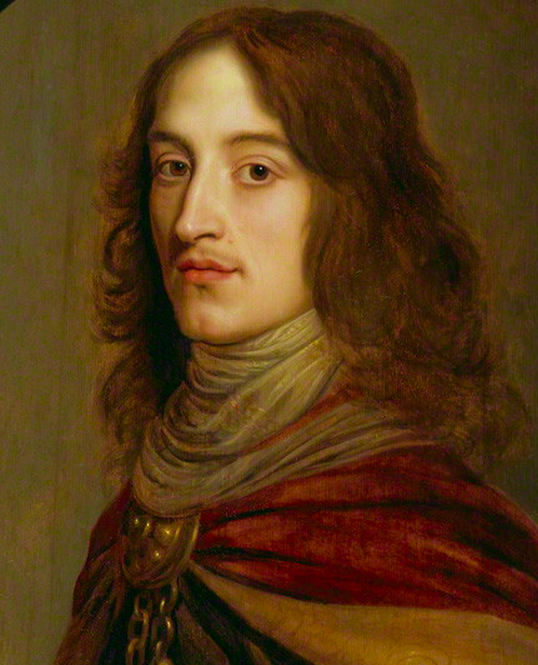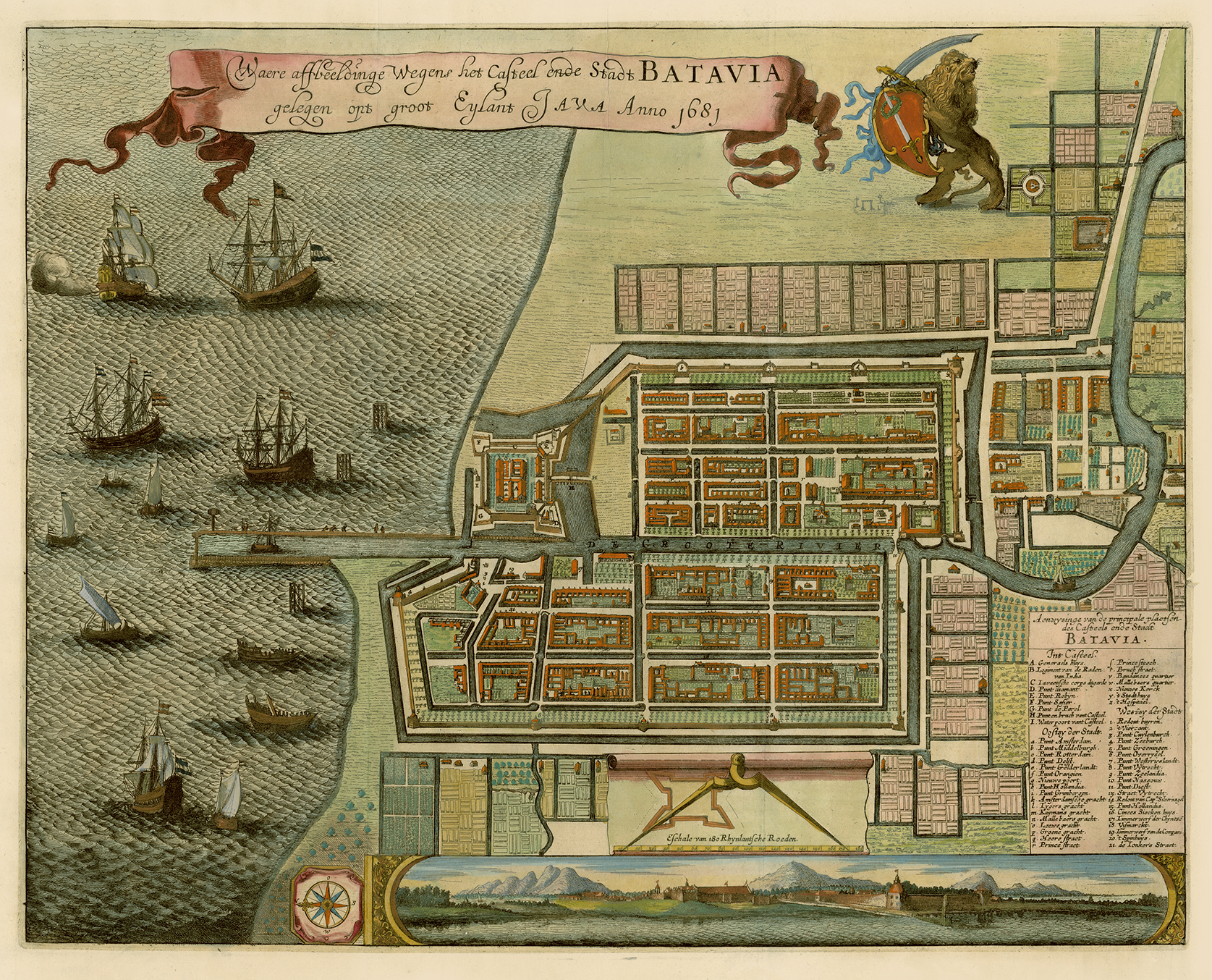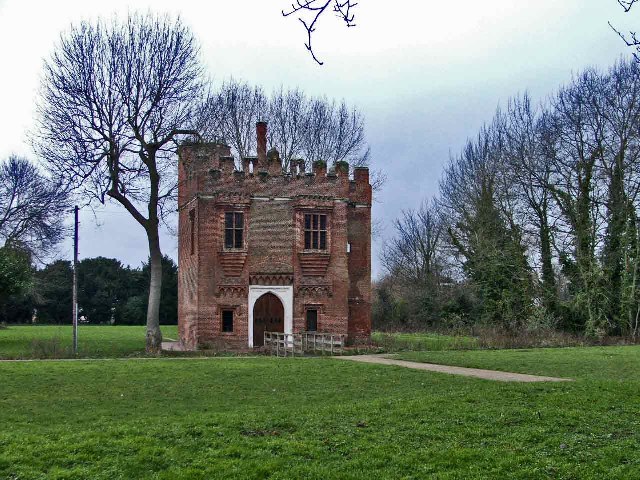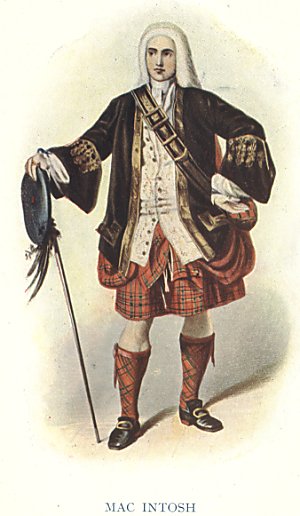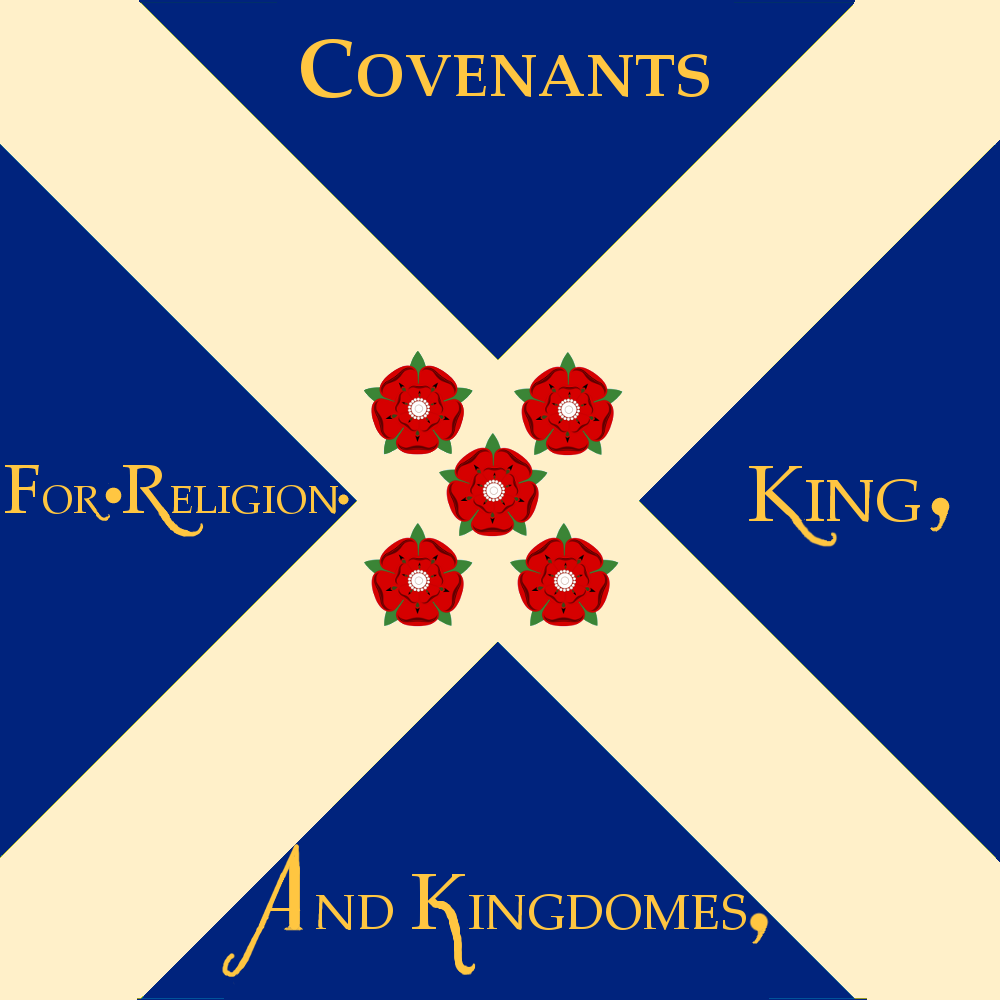January 8th, 1681
Amsterdam
To say that the birth of Prince Frederick was miraculous was right. After several miscarriages by Princess Mary the years prior. Named Frederick after his father William's grandfather, the great elector of Prussia; James after his grandfather; and William after his father. His birth both brought happiness to the princess and brought the couple closer by the birth of their son. His birth would later bring profound impact to the succession.
Anne's uncle, King Charles II would send his eldest bastard, the Duke of Monmouth to accompany the prince's birth, as tradition would set and later people would say that Monmouth has said to bring her a message saying that she was now the heiress apparent if she bore a son and that she did but this rumor would soon past because the king had dismissed the idea later on.
England
The birth of Prince Frederick was joy and delight to the prospect of a protestant England after Mary's father the Duke of York takes charge. He is after all a Catholic and England was still afraid of the so called "papal plot". Even his brother, King Charles II was more happy at the birth of his grand nephew than the boy's own grandfather. Rumors said that he wanted Anne next in line rather than his Catholic brother but as many rumors are said, this was doubtful.
The rumors did hurt one person, the heir apparent, the king's brother and the prince's grandfather, James, the Duke of York. He was scared at the prospect of losing the throne that was meant to be his and losing it to his eldest, the Princess Anne. He was so fearful at the rumors that he wouldn't join his daughter but sent her other daughter, Princess Anne. He would only give her a letter of congratulations and sent a few spies into the court of William & Mary in Amsterdam to keep an eye on them. This would cause a big drift at the father-daughter relationship.
France
Fury, the only word that can describe the emotions that the Sun King, Louis XIV when he heard of the birth of Prince Frederick, the son of that dutch bastard, Prince William. The prospect of a Catholic Britain is faltering and is to be feared because of the rumors that King Charles would give the throne to his Protestant niece rather than his Catholic brother and is more solidified with when a maid in Amsterdam overheard the King's bastard, the Duke of Monmouth said to Princess Mary about her uncle's wishes for succession and giving her a letter, probably from the king. This gave shivers down to the Sun King for he cannot control the wild William and the unpredictable and braveheart Anne but her father was easy to manipulate.
The years to come would be unpredictable, thought King Louis XIV as he sat on the Sun Throne.
Amsterdam
To say that the birth of Prince Frederick was miraculous was right. After several miscarriages by Princess Mary the years prior. Named Frederick after his father William's grandfather, the great elector of Prussia; James after his grandfather; and William after his father. His birth both brought happiness to the princess and brought the couple closer by the birth of their son. His birth would later bring profound impact to the succession.
Anne's uncle, King Charles II would send his eldest bastard, the Duke of Monmouth to accompany the prince's birth, as tradition would set and later people would say that Monmouth has said to bring her a message saying that she was now the heiress apparent if she bore a son and that she did but this rumor would soon past because the king had dismissed the idea later on.
England
The birth of Prince Frederick was joy and delight to the prospect of a protestant England after Mary's father the Duke of York takes charge. He is after all a Catholic and England was still afraid of the so called "papal plot". Even his brother, King Charles II was more happy at the birth of his grand nephew than the boy's own grandfather. Rumors said that he wanted Anne next in line rather than his Catholic brother but as many rumors are said, this was doubtful.
The rumors did hurt one person, the heir apparent, the king's brother and the prince's grandfather, James, the Duke of York. He was scared at the prospect of losing the throne that was meant to be his and losing it to his eldest, the Princess Anne. He was so fearful at the rumors that he wouldn't join his daughter but sent her other daughter, Princess Anne. He would only give her a letter of congratulations and sent a few spies into the court of William & Mary in Amsterdam to keep an eye on them. This would cause a big drift at the father-daughter relationship.
France
Fury, the only word that can describe the emotions that the Sun King, Louis XIV when he heard of the birth of Prince Frederick, the son of that dutch bastard, Prince William. The prospect of a Catholic Britain is faltering and is to be feared because of the rumors that King Charles would give the throne to his Protestant niece rather than his Catholic brother and is more solidified with when a maid in Amsterdam overheard the King's bastard, the Duke of Monmouth said to Princess Mary about her uncle's wishes for succession and giving her a letter, probably from the king. This gave shivers down to the Sun King for he cannot control the wild William and the unpredictable and braveheart Anne but her father was easy to manipulate.
The years to come would be unpredictable, thought King Louis XIV as he sat on the Sun Throne.
Last edited:


